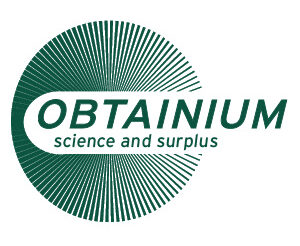Unlocking the Potential of Quantum Interfaces
The development of a quantum interface for transferring information between different types of quantum systems is a groundbreaking achievement. Researchers have had significant success in enabling the transfer of quantum information between diamond nitrogen-vacancy (NV) centers, acting as solid-state quantum memories, and photonic time-bin qubits. This innovation promises to revolutionize the landscape of quantum technology and facilitate the advent of the quantum internet.
Overcoming Challenges in Quantum Communication
One of the significant hurdles in quantum communication has been connecting disparate types of quantum systems. The quantum interface designed by researchers affords a solution by integrating solid-state and photonic components. It achieves this through a two-stage frequency conversion process that aligns 795nm photonic qubits with 637nm NV center photons, thereby enabling seamless communication between these distinct elements.
Such compatibility is pivotal as it allows quantum teleportation of 795nm time-bin qubits directly into the NV center spin qubit. The fidelity of this teleportation surpasses classical limits, an indication of the system’s efficacy and precision. It underscores the possibility of creating interconnected quantum systems that reflect a significant leap forward in quantum communication capabilities.
Implications for the Future Quantum Internet
The creation of this quantum interface is a critical stride towards realizing a future quantum internet. With its ability to interlink varying quantum hardware components, such as photonic communication channels and solid-state quantum memories, it lays the foundation for ultra-secure communication systems, distributed quantum computing, and sophisticated sensing applications.
Hardware compatibility issues, previously a daunting challenge, are now being addressed, potentially opening the door to robust quantum networks. As these technologies mature, the potential to extend the benefits of quantum communication further underscores the need for such cross-compatible interfaces. This advancement not only propels the technical abilities of current technologies but also lays a trajectory for future enhancements.
Enhancing Efficiency and Broader Compatibility
Despite the progress, the current quantum interface conversion efficiency stands at 3%, signaling a need for further enhancements. Future research directions include integrating NV centers into optical cavities, utilizing group-IV diamond defects for higher photon rates, and optimizing frequency conversion to support long-distance quantum networks. These improvements are essential for practical applications and widespread adoption in quantum networking.
Moreover, the interface extends its utility beyond just diamond NV centers, offering compatibility with quantum memories using atomic elements like Thulium and Rubidium. This broader compatibility means a more cohesive and versatile quantum communication infrastructure, which is indispensable as we transition towards a quantum future.
Ultimately, the interface exemplifies a convergence of innovation propelling us closer to practical, real-world quantum solutions. As these systems develop, they will not only transform quantum communications but also amplify the potential for groundbreaking developments in numerous fields.

